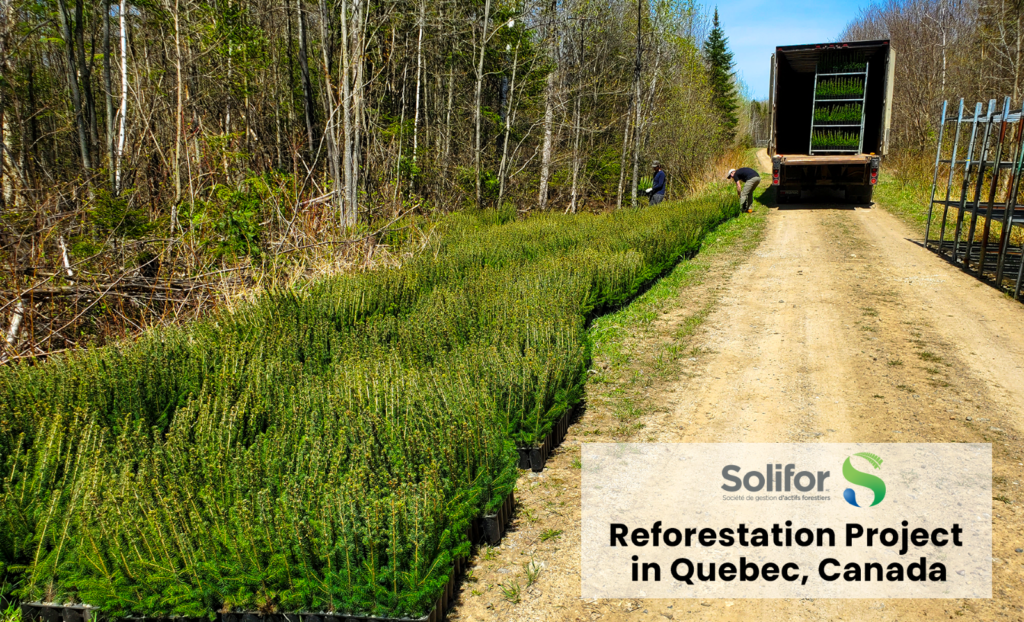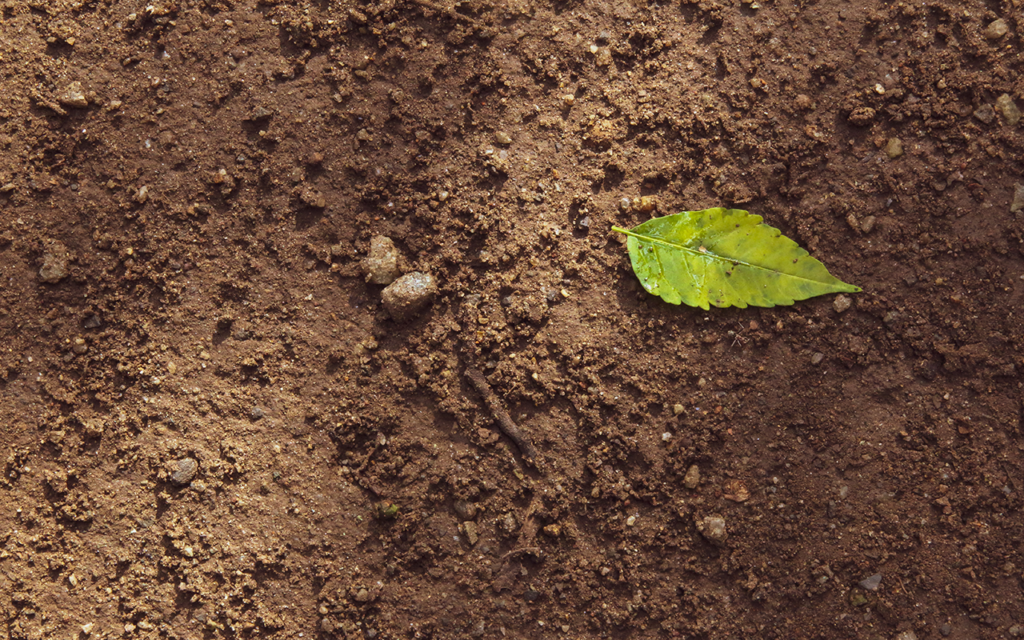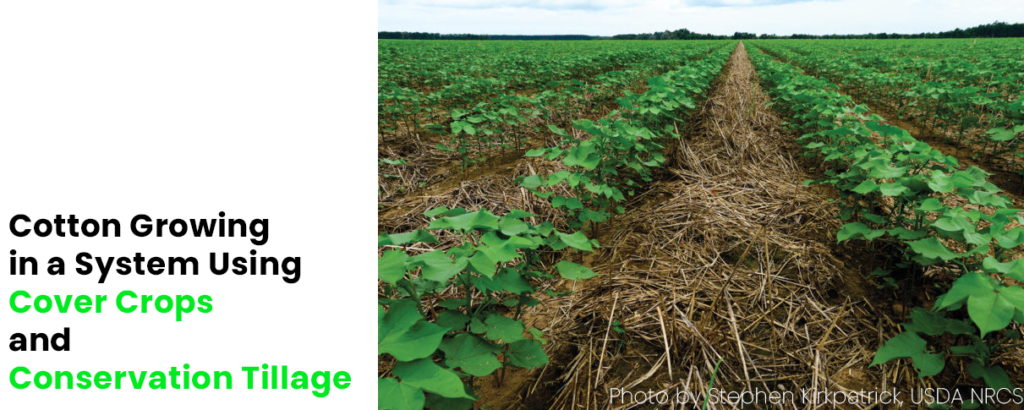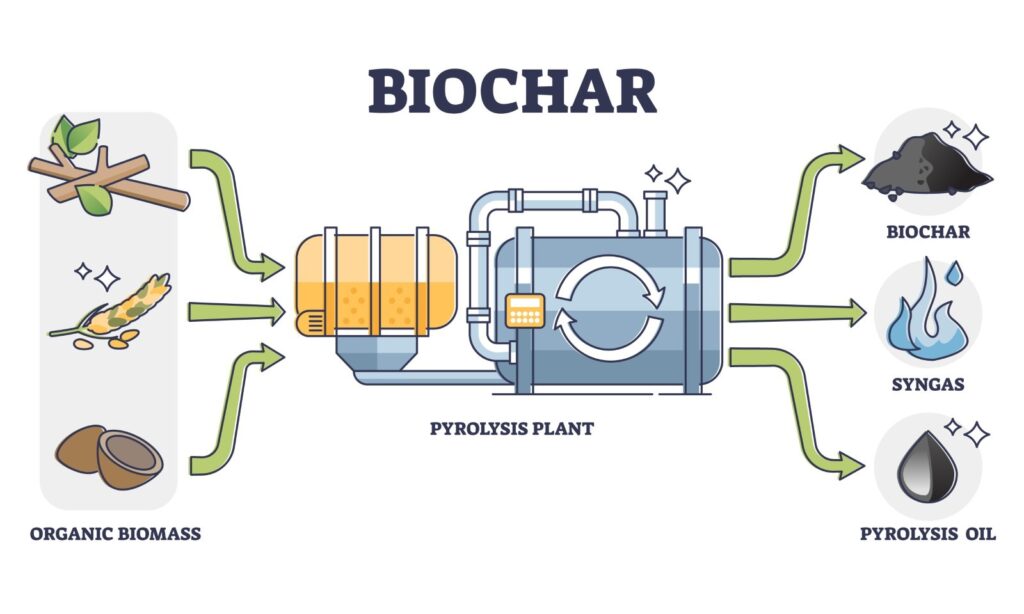Awareness around carbon offsets is increasing. And this climate action solution has gained some popularity among climate activists. Now, more people are discussing the impact of carbon credits as a vital part of Net Zero strategies. Hence, we decided to take a deeper look to explore how carbon offset credits differ from one another.
How do Offset Credits Differ from Each Other?
One method of categorizing Carbon Offsets is based on their methodology. The methodology is how the project removes or avoids CO2 emissions from the air. Avoidance projects avoid CO2 emissions from entering the atmosphere. Whereas removal projects capture and store carbon dioxide from the air. In reality, there are much more details to each mechanism. Yet, this explanation can be a good tool for understanding what follows.
How is it possible to remove greenhouse gases from the atmosphere?
Removal methods can base on nature or technology. In essence, removing CO2 directly from the air happens every second with photosynthesis. In this process, plants fix carbon from the air in sugar molecules and their biomass. This storage of carbon dioxide is an example of nature-based Carbon Sequestration.
Furthermore, technological removals are projects that do not naturally happen (direct air capture). Or they are the enhanced and accelerated natural processes (rock mineralization).
The problem with carbon removal projects is storing the carbon somewhere else. Nature stores this carbon in plant biomass and wood. In technological projects, it can be stored as a gas in tanks or injected into stable geological structures.
What Is Carbon Sequestration Exactly?
Carbon Sequestration often happens naturally, removing carbon dioxide from the air and storing it differently or preventing its release as a means to mitigate the effects of climate change. Carbon Sequestration can also happen artificially, involving technologies or mechanisms that capture CO2 directly from industrial processes or the atmosphere, followed by its storage in geological formations. Therefore, a Carbon Sequestration credit is equal to removing one tonne of CO2 equivalent emissions from the air through a sequestration method.
Although sequestration can happen in many ways, the most popular methods are Reforestation, Afforestation, Soil carbon sequestration, and Biochar production.
Reforestation and Afforestation: Most Practiced Sequestration
Carbon sequestration naturally removes GHG gases from the air, and nothing does this more efficiently than trees.

Reforestation projects consist of planting and re-establishing forests in areas where they have been destroyed or damaged. This will restore ecosystem functions and reduce GHG inventories. However, Afforestation established new forests by planting trees in areas where no forestlands existed.
In addition to removing carbon, Reforestation and Afforestation have many advantages, such as soil conservation and restoring wildlife habitats and natural watersheds. They also provide many economic and social benefits. However, as a carbon offset project, these methods are risky and have disadvantages. Some drawbacks are the high costs of implementation and preservation. Lengthy timeframes that could last decades before yielding any actual results. And an increased risk of failure due to natural hazard risks.
Considering all risks and benefits, forestry projects are still vital in climate mitigation as their advantages are far superior to any disadvantages they might endure.
Soil Carbon Sequestration: Paving the Way for a Better Future
Like other methods, soil carbon sequestration involves capturing carbon dioxide from the atmosphere and storing it in the soil. Microorganisms in the soil digest the carbon and convert it into a stable and perennial form that can last for decades.

This natural process can be enhanced with various means. These methods include improving agricultural practices and using cover crops, adapted crop rotations, conservation tillage technics, agro-forestry and planting and maintaining vegetation.

Although soil carbon sequestration is a crucial component of climate action mitigation, these projects often have a high risk of carbon loss due to soil disturbance. Furthermore, the soil system has strong potential but still needs more capacity for storing carbon and once reached, additional carbon sequestration is not possible.
Biochar production carbon sequestration: A long-term solution.
Most Biochar production is also based on carbon sequestration through photosynthesis. Biochar plants transform plant biomass through pyrolysis. Pyrolysis is heating plant biomass at a higher temperature than charcoal to produce a highly stable “biochar.”

The most beneficial aspect of Biochar is its permanence in storing carbon. Biochar can be stored for thousands of years. If added to the soil, Biochar can improve soil quality by increasing water and nutrition retention.
Moreover, Biochar comes from organic materials and has the benefits of also producing bio-oil and gas. By making Biochar from waste or other sources that do not compete with agricultural production, Biochar can be an excellent solution for bio-energy production.
Having said that, using Biochar as a carbon offset project has several drawbacks, including high production costs, the potential impact on land use, gaps in knowledge on long-term effects, variable effects on soil quality, and limited scalability.
In Conclusion, Carbon sequestration methods have many use cases and benefits. Yet, the common drawback among most scenarios is the need for more funding. With the help of carbon offsets and supporting suitable projects, these methods can become more accessible.






